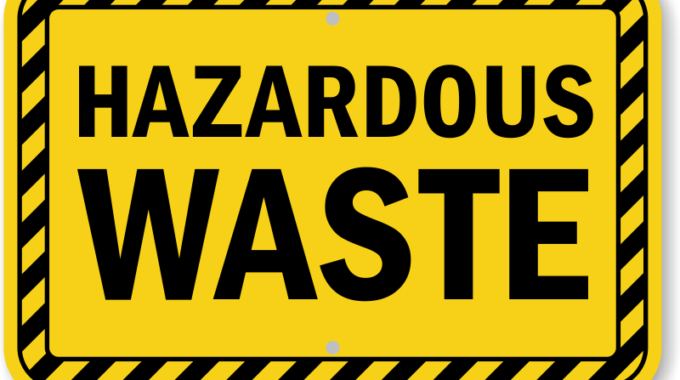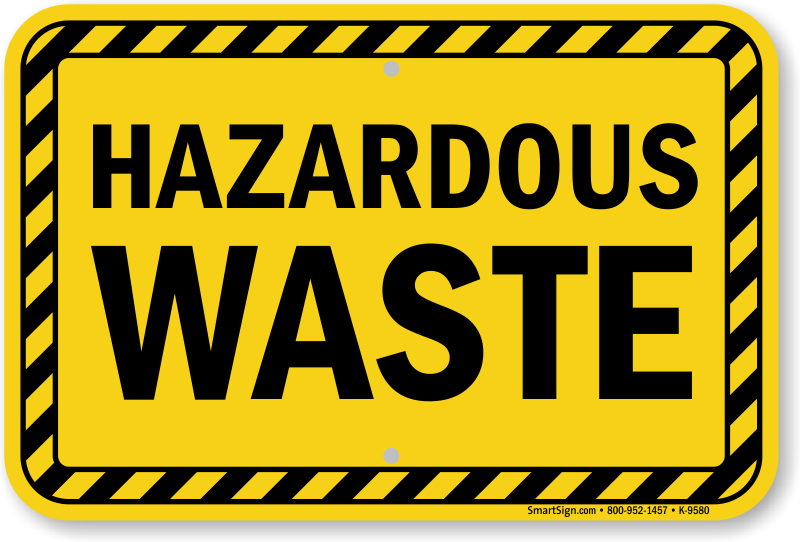The California Medical Information Act (CMIA), which differs slightly from the Federal Health Insurance Portability…

Hazardous Waste Management in a Dental Office
 In the course of treating patients, dental offices routinely use disinfectants/sterilants, corrosive materials, heavy metals, and other hazardous materials, generating small quantities of hazardous wastes that must be managed properly to prevent environmental contamination. Hazardous waste is chemical waste with properties that make it potentially dangerous or harmful to human health or the environment.
In the course of treating patients, dental offices routinely use disinfectants/sterilants, corrosive materials, heavy metals, and other hazardous materials, generating small quantities of hazardous wastes that must be managed properly to prevent environmental contamination. Hazardous waste is chemical waste with properties that make it potentially dangerous or harmful to human health or the environment.
In California, a hazardous waste is defined as chemical waste that has any of the following properties: toxicity (poisonous); reactivity (can explode); ignitability (can catch fire); and/or corrosivity (acidic – pH below or equal to 2, or basic – pH above or equal to 12.5). Examples include sterilizing solutions, lead foil film backings, and scrap dental amalgam. It is unlawful to release these chemical wastes uncontrolled into the environment, either down the drain or as regular solid waste. For specific chemical hazard classification information, refer to the chemical safety data sheets (SDSs) or contact the chemical manufacturer. Proper management includes product substitution, good housekeeping and cleanliness, recycling, proper labeling, storage, and disposal, recordkeeping, and employee training.
For our OSHA Review subscribers… refer to the July/August 2021 Training Document, which includes a one-page hazardous waste management guide, in Section IX of your OSHA Review binder, for guidance on how to manage hazardous waste generated in a dental office.
Since 1992, OSHA Review, Inc. has provided dental professionals with comprehensive programs to support regulatory compliance and infection control. We are a registered continuing education provider in the state of California, specializing in Dental Practice Act, infection control, and OSHA training.



